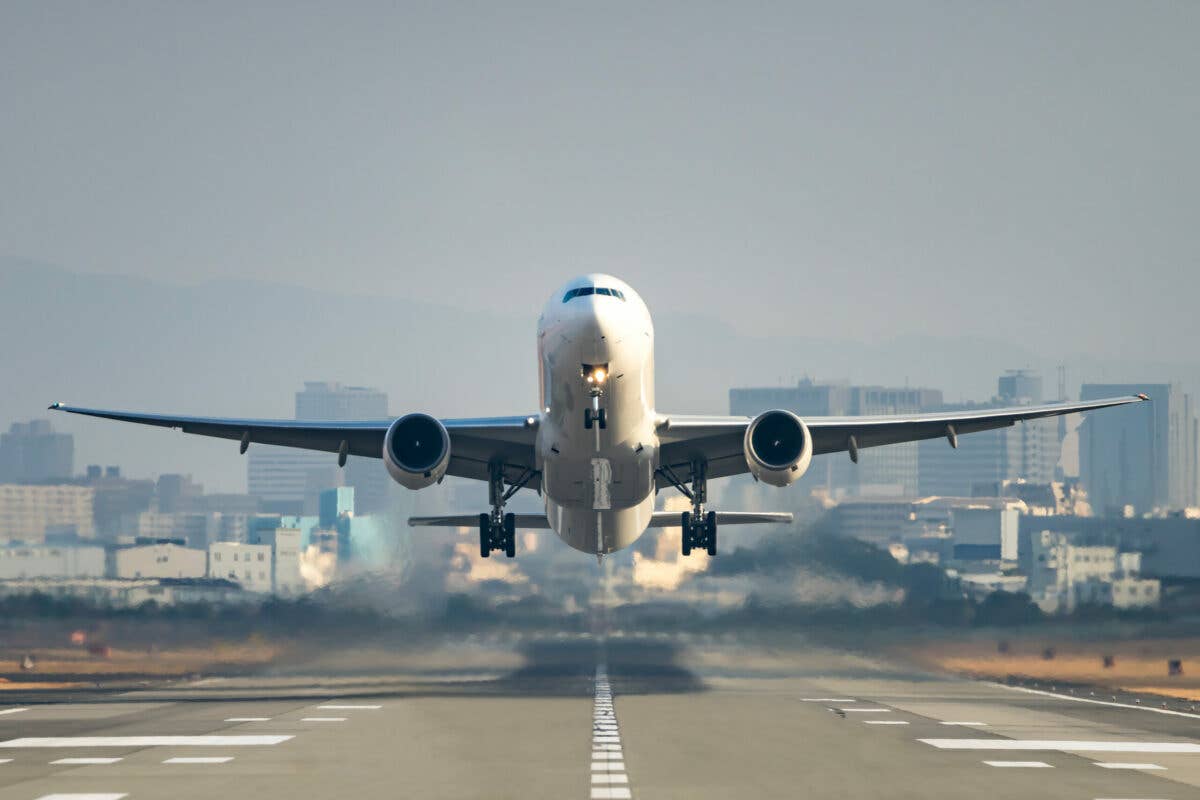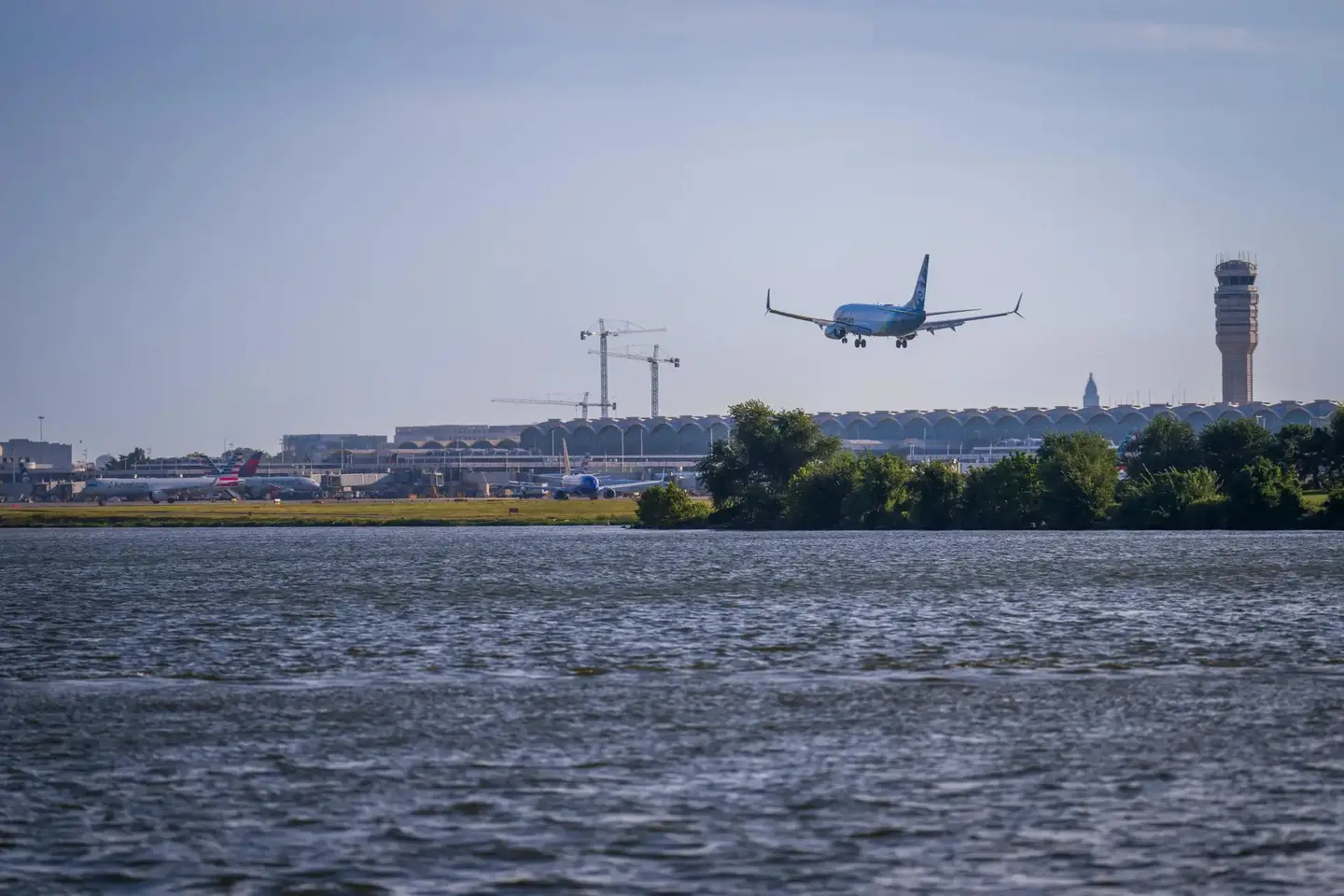
It would be tough for anyone even remotely close to the aviation industry not to realize there is a shortage of well-qualified pilots here in the United States. The effects of the age-65 retirement adjustment in 2009 really began grabbing airline pilots out of the cockpit the past few years. Adding to the problem is an airline industry expansion worldwide that Boeing believes will demand nearly 800,000 cockpit crewmembers, 117,000 in the United States alone, over the next 20 years. Just for good measure, let’s toss in the 2013 change to Part 121 that requires all airline pilots to hold an ATP certificate, a tightening of requirements that hit regional carriers particularly hard. Working in the airline’s favor to attract pilots over the past few years are several recent quarters of serious profits, enough to throw fresh money into the compensation and benefits pool needed to attract new talent. So critical has the need become for qualified pilots that the FAA in mid-September held its first workforce symposium in Washington, D.C., to begin addressing solutions designed to persuade more young people to give the aviation industry a second, or perhaps even a first, look. The summit focused in part on recruiting civilian and military pilots, as well as maintenance technicians. Acting FAA administrator Daniel Elwell said, “We’re going to look at how new and existing partnerships between the airlines, government and academia can support all of these efforts.” While the airline pilot shortage has pretty much found its way to nearly every news outlet, the real story is that the airlines aren’t the only segment staring down the barrel of a severe pilot shortage. Business aviation, the men and women who fly Gulfstream 650s, Bombardier Globals, Dassault 8Xs and Cessna Citations domestically and internationally for some of the nation’s largest and most successful companies, is facing some of the same hurdles as the airlines, except, of course, bizav isn’t worried about age-65 retirements or nearly out-of-control industry expansion. Jad Donaldson, director of aviation at Harley-Davidson and chairman of the National Business Aviation Association’s Business Aviation Management Committee (BAMC), says business aviation leaders view the human capital shortage as “an immediate problem demanding a long-term fix.” Industry sources confirm some senior bizav pilots have jumped ship for the airlines, but not in significant numbers — at least not yet.
Admittedly somewhat late to the recruitment effort, business aviation has gathered leaders together such as NBAA’s senior director of educational strategy, Jo Damato. “Our first workforce summit in 2017 included lots of conversations and plenty of people nodding their heads in agreement about the problem,” she says. Now, industry leaders have begun working more closely together to develop retention and recruitment strategies before they experience a massive personnel exodus to the airlines.
While bizav seems to have a little breathing space before the industry begins regularly losing highly qualified pilots to the airlines, the segment has had to admit it’s also part of the recruitment problem. Business aviation seriously avoids publicity, partially so as not to stir up shareholders about the use of expensive aircraft assets, but also to avoid the kind of damaging publicity garnered, for example, when the Big Three automakers arrived in Washington, D.C., during the recession a decade ago in their business airplanes, asking Congress for billions in bailout money. The airlines had a field day with that one. Now, a decade of low-profile operations later, business aviation must cope with the fact that it’s also created a generation of young people who have little idea what bizav is or does.
Sheryl Barden, a BAMC member and president and CEO of API, a business aviation recruiter, says solutions to the problem are only just beginning to emerge, yet she’s concerned. “I’m worried that we’re going to miss an entire generation of pilots because it’s very hard for someone in their 30s to turn down a lucrative airline contract. [They’re thinking], If I join the airline, I’m furlough-proof,” Barden says. “We need to bring pilots into these [Part 91] organizations earlier and partner up to create a career path similar to what’s in place at the airlines.”
Recent research shows the top reason business aviation pilots jump ship for the airlines. Donaldson says, “We conducted a survey of the business aviation community through the BAMC and learned the number one reason pilots are leaving is quality of life.” He cites the airline’s ability to offer advance pilot schedules that allow employees to better plan their work assignments around their lives, in addition to significant improvements in compensation. As an example, Donaldson says at Harley-Davidson, the flight department has learned to operate with three pilots per airplane, rather than a leaner two, in order to have the flexibility to ensure regular time off for crewmembers. Donaldson says he hasn’t lost any pilots recently. Some smaller or less well-funded flight departments, however, don’t have as many options other than trying to locate a contract pilot on short notice to fill in when needed. Donaldson says small flight departments with just two pilots per airplane probably don’t offer a great quality of life.
But comparing airline flying to that of business aviation is not as simple as comparing the size of the airplanes. Airline and business flying are vastly different. New airline pilots earn seniority numbers right out of training that dictate their work schedule (generally lousy early on). The longer they remain at that airline, the higher they climb the seniority ladder. That translates into better seniority, more money, the ability to choose a base city and, of course, in what position and in which aircraft they can fly. It’s all planned out. At the airlines, pilots go to work, enter the cockpit, lock the door and fly their trip, and go home with no real collateral duties. That’s because the airlines hire schedulers, dispatchers, fuelers, aircraft cleaners and other ground service personnel for many of the extra chores. Most airline pilots truly enjoy this kind of punch-in, punch-out, same-10-cities-each-month kind of flying career.
Business aviation pilots experience a different kind of life — not necessarily better or worse, just different. A Teterboro, New Jersey-based Gulfstream G650 crew that receives a trip request to London Luton Airport, for instance, plans many of the flight’s details itself, or personally interacts with a flight planning provider. The bizav crew decides the necessary fuel load and is usually around the airplane while the fueling is being conducted. Bizav pilots often act on the catering requests of passengers and are responsible to be sure ground transportation at the destination is in place upon their arrival. It’s also not unusual for the junior pilot to see that the passengers’ luggage is safely stowed before takeoff or that the boss’s favorite beverages are on board. It’s also typical for bizav pilots to hang around the airport on days when they’re not scheduled to fly to help with collateral duties, such as restocking the airplane’s beverage cooler.
Of course, most business aviation pilots enjoy the kind of flying they experience, which can mean not seeing the same city twice in the same month and never really knowing where they’re headed next. The life is never boring. Most importantly, business aviation hires people for their personality, not simply their stick-and-rudder skills. That means an ATP might not be a hard and fast demand everywhere for those with fewer hours in their logbook. But the personality demand is essential because bizav pilots often spend a significant amount of time interacting with the company c-suite or middle-management people in the cabin. Most business airplanes do not have locking doors to the cockpit. For business aviation, a great pilot with zero personality or an inability to interact with others is a deal breaker for a hiring manager. If airline flying can be oversimplified by comparing it to a bus driver’s job, business aviation is similar to driving a luxury limousine.
NBAA’s Damato says the association is working closely with organizations like the Aircraft Owners and Pilots Association, EAA, General Aviation Manufacturers Association, Women in Corporate Aviation and Women in Aviation International. Often mentioned too is AOPA’s aviation-based STEM curriculum for high school students, which debuted last fall in 81 schools across the United States. GAMA has been working with Build-a-Plane for years on a program where high schoolers use software to design airplanes.
Donaldson says, “The airlines have done an outstanding job of partnering with many of the big aviation universities out of sheer desire to keep their airplanes flying.” Major airlines have created agreements that guarantee jobs to graduates from Embry-Riddle, the University of North Dakota, Purdue and others as soon as they’re qualified for a Part 121 aircraft. Until recently, business aviation had almost no formal school affiliations. But there have been a few, and those numbers are growing. Dean Walters, Jackson Life’s director of aviation in Lansing, Michigan, says the Michigan Business Aviation Association began reaching out to college students through regular visits to campuses like Western Michigan University, Northwestern Michigan College and Eastern Michigan University. “Just a few weeks ago, we sent several of our aircraft down to a recruiting day at Western Michigan in Kalamazoo and parked our Hawker 850 right next to one of the regional airline’s RJs.”
Walters says recruiting events usually mix food with business jets and chatty pilots from the major manufacturers to engage students. He says his recruitment group uses a roundtable format that allows potential students to sit with pilots and learn, often for the first time, how business aviation flight crews spend their day, in addition to explaining corporate training, compensation and benefits packages. “We suggest our pilots talk about what they don’t like about their jobs, as well as what they do,” Walters says. “It still amazes me though how many times we’ll get into a class of 30 or 40 students and realize that none of them have ever heard of, much less considered, business aviation as a career option.” Adding to student interest in business aviation is data from NBAA’s recent salary survey that shows compensation is climbing. The association’s most recent data shows top-end salaries for some aviation department managers have risen to just over $200,000 in total cash compensation, with a senior line pilot’s wages rising 12 percent over last year to nearly $165,000. Of course, salaries always vary by region, aircraft type and whether flying is primarily domestic or with some international routes mixed in. And of course, the corporate checkbook has limits and takes time to be updated, which means many bizav hiring managers have needed to become much closer to their human resources people.
Corporate recruiting also offers the chance to meet new potential candidates who will later apply for internships and scholarships offered by some flight departments. Another benefit could be a corporate aviation flow-through, similar to the ones that allow airline pilots to flow up to American Airlines from Envoy. A number of NBAA members have created an informal flow-through agreement among themselves to help keep energetic pilots in the bizav segment. While it’s not a formal agreement, Walters explains, some Michigan flight department managers often talk together when one of them finds a worthy candidate. They might help a young pilot get hired by a local charter operator willing to add a new pilot who doesn’t yet possess the hours necessary for an ATP. Once that pilot is seasoned with a few years of charter flying, the managers chat again to find a good corporate flight department in need of a pilot with those qualifications before they have a chance to run to the airlines. Later on, they might help that same pilot move up again. The NBAA’s BAMC is trying to figure out how to roll such a program out nationwide. The big question, of course, is why would one manager help another? Barden explains that “while we used to be competing for the best pilots with other flight departments, business aviation now realizes we’re actually competing with the airlines.”
Chris Quiocho, a former Army UH-60 Black Hawk pilot and now CEO of Offland Media, is relatively new to business aviation. He also represents the new wave of business aviation pilots, having been named one of NBAA’s “Top 40 Under 40.” Still in his 30s, Quiocho acknowledges many of the problems expressed by the more experienced BAMC members, but says it’s time for fresh thinking about how to solve the problem, at least when it comes to interacting with millennials. And who better to help than a millennial bizav pilot who also co-captains NBAA’s workforce development committee.
When it comes to how business aviation needs to change to relate to millennials, Quiocho says, “Few people know much about business aviation because the industry is so fragmented.” But success is more than simply working together. “We [millennials] live in an on-demand, instantaneous, digital world where people have access to enormous information resources. Millennials crave to make their own decisions. It’s simply a byproduct of the world we live in.” Knowing he’s probably viewed as simply a critic of the old guard, Quiocho explains, “Young people don’t want pamphlets. They barely want to talk on the phone. Success is about the voice we use to interact with them, which is why social media, actually the internet, is so critical to our recruitment efforts. And right now, we’re still behind the power curve.”
Not surprisingly, Quiocho has heard from a few senior bizav managers. “People say, I know what you’re talking about, but that kind of outreach effort is not for me because we only need one pilot. I’m still trying to convince them that working together to recruit young people benefits everyone, but I know I’m also dealing with a lot of egos.”
Quiocho’s marketing strategy suggests “telling people interested in business aviation that we work closely with some of the most successful and brilliant minds when we interact with our aircraft owners. They own these assets because they’ve successfully navigated the battlefield of business and outperformed their competitors. Why wouldn’t you want to be around people like that?” Countering the low-profile strategy that’s been part of bizav forever, Quiocho says, “We need more publicity, not less. We need to share our industry successes, not hide from them.”
Certainly, business aviation flying is not for everyone, nor does bizav want pilots only interested in flying airplanes. Walters details the strategy he uses when part of a roundtable. “I ask them, who can I trust with a $50 million asset that’s carrying our company’s most important people around the world and to bring everyone home safely? I also need someone who can solve any problem they might face along the way.” Walters says not everyone looks up when he makes his pitch, but there are always a few. “And those are the people I want to talk to.”

Sign-up for newsletters & special offers!
Get the latest FLYING stories & special offers delivered directly to your inbox






